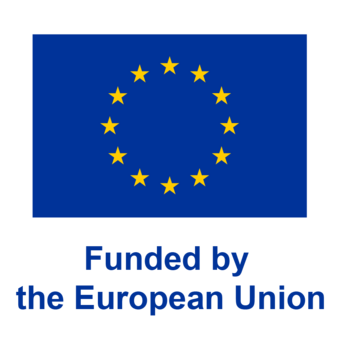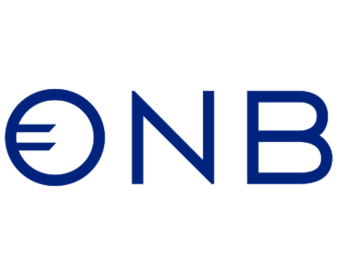Prof. Dr. Peter Jonas

The Jonas lab has two main goals. First, we want to understand the mechanisms of synaptic transmission and plasticity at central synapses. Second, we want to elucidate how the properties of cells, synapses, and circuits give rise to higher-order computations. To address these fundamental questions, we focus on the hippocampal circuit, a brain region critically important for learning and memory and several higher-order computations, such as pattern separation and pattern completion.
Focal points of interest
The Jonas group has a long-standing interest in the function of GABAergic interneurons, mostly the function of parvalbumin-expressing, fast-spiking GABAergic cells, going back to early work published in 1994–1997. In particular, the lab is interested to further understand the mechanisms underlying rapid, energy-efficient signaling in these GABAergic cells. We performed correlated electrophysiology and single-cell RT-PCR analysis on these neurons, and identified the molecular mechanisms underlying Ca2+ permeability of AMPA-type glutamate receptors and molecular mechanisms underlying the fast-spiking action potential phenotype. We have iteratively refined subcellular patch-clamp recording techniques to analyze the function of GABAergic cells at the subcellular level, including analysis of dendrites and axons of parvalbumin-expressing GABAergic interneurons. We have also characterized the connectivity of parvalbumin-expressing GABAergic interneurons in the dentate gyrus, and identified the cellular and synaptic substrate of lateral inhibition and important connectivity motif for pattern separation.
Technical proficiency and instrumentation
The Jonas lab is well known for its pioneering cutting-edge electrophysiology. This includes subcellular patch-clamp recording from dendrites and presynaptic terminals, as well as simultaneous recordings from multiple cells (octuple recording). More recently, the group has also adapted electrophysiology techniques from the in vitro slice preparation to the in vivo configuration in awake behaving animals. In addition, the lab has pioneered techniques to analyze structure and function of synapses in parallel, stimulating neurons optogenetically and analyzing synaptic structure by subsequent electron microscopy (“flash and freeze”). In addition to functional circuit mapping by multicellular patch-clamp recording, the group has implemented techniques for transsynaptic labeling using rabies virus. Finally, the group tries to bridge the gap between cellular-synaptic level and network function by computational modeling. This approach includes the development of gating models to study receptor activation, cable models to study dendritic integration, and network models to analyze pattern separation and pattern completion.
Aspirations for the next 5 years
For the next five years, the Jonas group has three major goals. First, we want to examine the mechanisms of transmitter release in GABAergic synapses originating from different identified interneuron subtypes. To address this question, we will combine electrophysiology and structural analysis of synapses by electron microscopy and freeze fracture replica labeling, in collaboration with Ryuichi Shigemoto at ISTA (Chen et al., 2024). Second, we plan to examine the structural and functional connectivity of GABAergic neurons in different hippocampal subfields, comparing pattern separation (dentate gyrus) and pattern completion (CA3) circuits. To examine structural and functional connectivity in parallel, we will combine electrophysiology with superresolution-expansion microscopy analysis (LIONESS and LICONN), in close collaboration with Johann Danzl at ISTA (Michalska et al., 2024). Finally, we want to examine the properties of GABAergic interneurons in human circuits. This analysis will be performed in close collaboration with Karl Rössler, MUV, who somewhat uniquely provides us with hippocampal tissue samples from chronic epilepsy patients, in which the hippocampal circuit is non-sclerotic (“MRI negative”; Watson et al., 2024).
References
- Chen JJ, Kaufmann WA, Chen C, Arai I, Kim O, Shigemoto R, Jonas P (2024) Developmental transformation of Ca2+ channel-vesicle nanotopography at a central GABAergic synapse. Neuron 112, 755–771.e9.
- Michalska JM, Lyudchik J, Velicky P, Štefaničková H, Watson JF, Cenameri A, Sommer C, Amberg N, Venturino A, Roessler K, Czech T, Höftberger R, Siegert S, Novarino G, Jonas P, Danzl JG (2024) Imaging brain tissue architecture across millimeter to nanometer scales. Nature Biotechnology 42, 1051–1064.
- Watson JF, Vargas-Barroso V, Morse-Mora RJ, Navas-Olive A, Tavakoli MR, Danzl JG, Tomschik M, Rössler K, Jonas P (2024) Human hippocampal CA3 uses specific functional connectivity rules for efficient associative memory. Cell, https://doi.org/10.1016/j.cell.2024.11.022.





